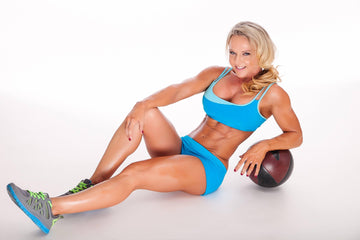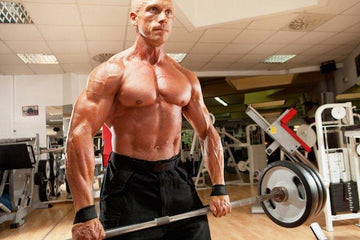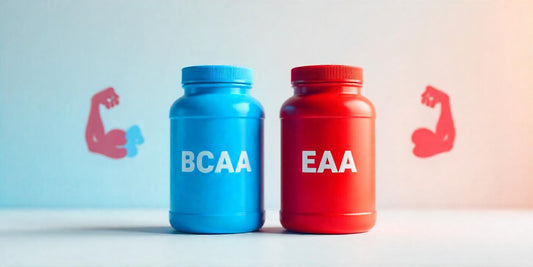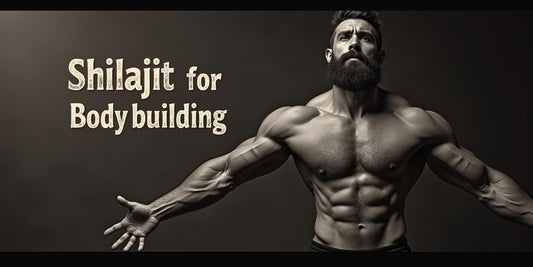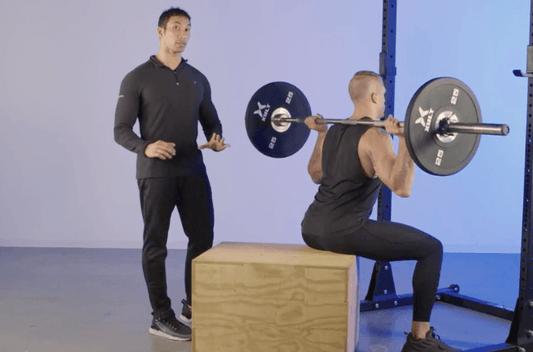

Gain Explosive Power Like a Superhero with Olympic Lifts
Table of Contents
LOWER-BODY FUNCTIONAL POWER DEVELOPMENT: WEIGHTLIFTING VS. VERTICAL JUMP TRAINING PROGRAMS
by: Sam Haghighat
A variety of different training methods have been implemented and discussed in sports science literature on how to develop and accelerate speed strength, otherwise known as power. Sporting actions involving rapid changes in direction, acceleration/deceleration and jumps highly depend on power. The traditional method of improving power originated from different vertical jump (VJ) programs which has lead to significant improvements in muscle power (Paavolainen et al. 1999). The concentric phase of jump movements allow for high power production due to the high rate of force development and peak force achieved. However, does this method allow for maximal performance improvements as the overload is relatively small? Research has shown that optimal improvements in lower limb power is observed with the combination of heavy strength training and VJ training (Jones et al. 2001). The literature associating this combination with Olympic weightlifting (WL) is lacking. A study published in the Journal of Strength and Conditioning Research conducted by Tricoli et al. (2005), investigated the short term effects of heavy resistance training combined with either WL or VJ programs. Thirty-two men were assigned to 3 groups (WL =12, VJ =12 and control = 8) and took part in an 8 week training program consisting of 24 sessions, 3 times a week, every other day.
The Olympic weightlifting program involved:
3 X 6RM high pull
4 X 4RM power clean
4 X 4RM clean and jerk
The Vertical Jump program involved:
6 X 4 double leg hurdle hops
4 X 4 alternated single leg hurdle hops
4 X 4 single leg hurdle hops
4 X 4 drop jumps
Both groups also performed 4 X 6RM half squat exercises. After 4 weeks, training volume was increased.
Pre-testing and post-testing performance measurements:
Squat jump (SJ)
Countermovement jump (CMJ)
10 and 30m sprint
Agility test
Half squat 1RM
Clean and jerk 1RM (only for WL group)
Results
Both groups (Olympic Weight Lifting and Vertical Jump) showed significant increases in Clean and jerk. Participants who performed the Olympic Weight Lifting program showed greater increases in comparison to Vertical Jump program. On the other hand the 1RM half squat strength improved more in the Vertical Jump group (47.8%) when compared to the Olympic Weight Lifting program (43.7%). The Olympic Weight Lifting program also resulted in significantly faster 10m sprint speed and improved in the Standing Jump (9.5%).

Conclusion
Olympic Weight Lifting exercises seems to produce broader performance improvements than Vertical Jump exercises in physically active participants.
References
Jones, K., Bishop, P., Hunter, G., & Fleisig, G. (2001). The Effects of Varying Resistance-Training Loads on Intermediate and High Velocity-Specific Adaptations. The Journal of Strength & Conditioning Research,15(3), 349-356.
Paavolainen, L., Häkkinen, K., Hämäläinen, I., Nummela, A., & Rusko, H. (1999). Explosive-strength training improves 5-km running time by improving running economy and muscle power. Journal of applied physiology, 86(5), 1527-1533.
Tricoli, V., Lamas, L., Carnevale, R., & Ugrinowitsch, C. (2005). Short-term effects on lower-body functional power development: weightlifting vs. vertical jump training programs. The Journal of Strength & Conditioning Research,19(2), 433-437.
MUSCLE MEDIA MAGAZINE FOR MEN
The premier source of training, nutrition, supplements, fat loss and health for men.


